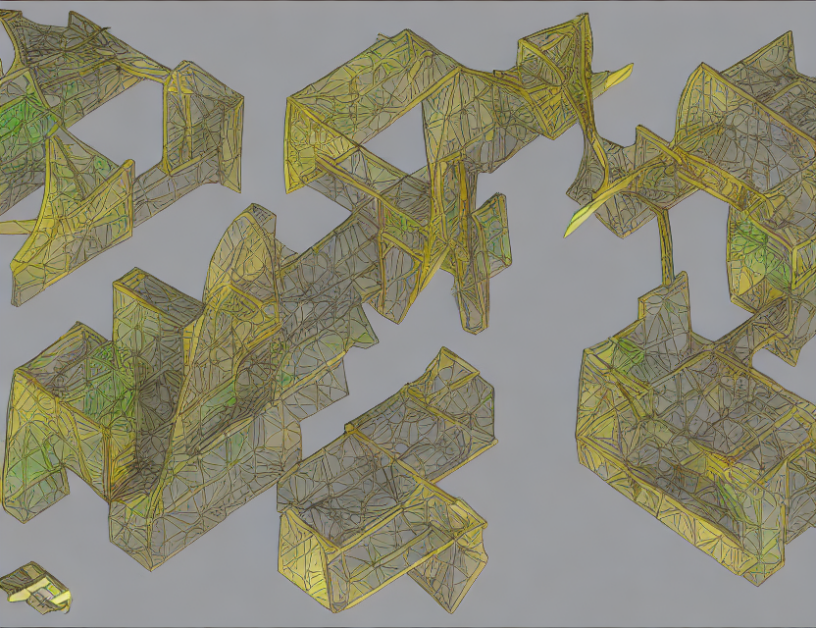In this article, we explore the concept of "CoOp-based methods" in the field of computer vision and natural language processing. CoOp stands for "Contrastive Language-Image Pre-training," which is a powerful technique that enables models to learn from both visual and textual data. Existing CoOp-based methods rely on hand-crafted templates, such as "a photo of a {class-name}" to extract the general class-level textual embedding. However, these templates are limited in their ability to capture complex contexts and relationships between images and texts.
To address this limitation, we propose a novel approach called "Eco: Ensembling context optimization for vision-language models." Our method leverages the power of ensembling to optimize the textual prompt tuning for downstream tasks. We focus on textual prompt tuning and do not consider visual prompt tuning.
Our proposed method consists of two main components: (1) preliminaries, which involve using CLIP to extract the visual and text embeddings from an image and its corresponding description, and (2) eco-based optimization, which utilizes ensembling to adapt the textual prompt for the downstream task.
To achieve this, we first vectorize the hand-crafted descriptions into a set of textual tokens, and then use a text encoder to map these tokens into class-level embeddings. We then apply a temperature schedule to these embeddings to adapt them for the downstream task.
The key innovation of our method lies in the use of ensembling to optimize the textual prompt tuning. By combining multiple representations from different models, we can capture complex contexts and relationships between images and texts, leading to improved performance on downstream tasks.
In summary, our article presents a novel approach for CoOp-based methods that leverages ensembling to optimize textual prompt tuning for vision-language models. By capturing complex contexts and relationships between images and texts, our method demonstrates improved performance on downstream tasks, making it an important contribution to the field of computer vision and natural language processing.
Computer Science, Computer Vision and Pattern Recognition
Textual Prompt Tuning for Vision Language Models: A Comprehensive Review



